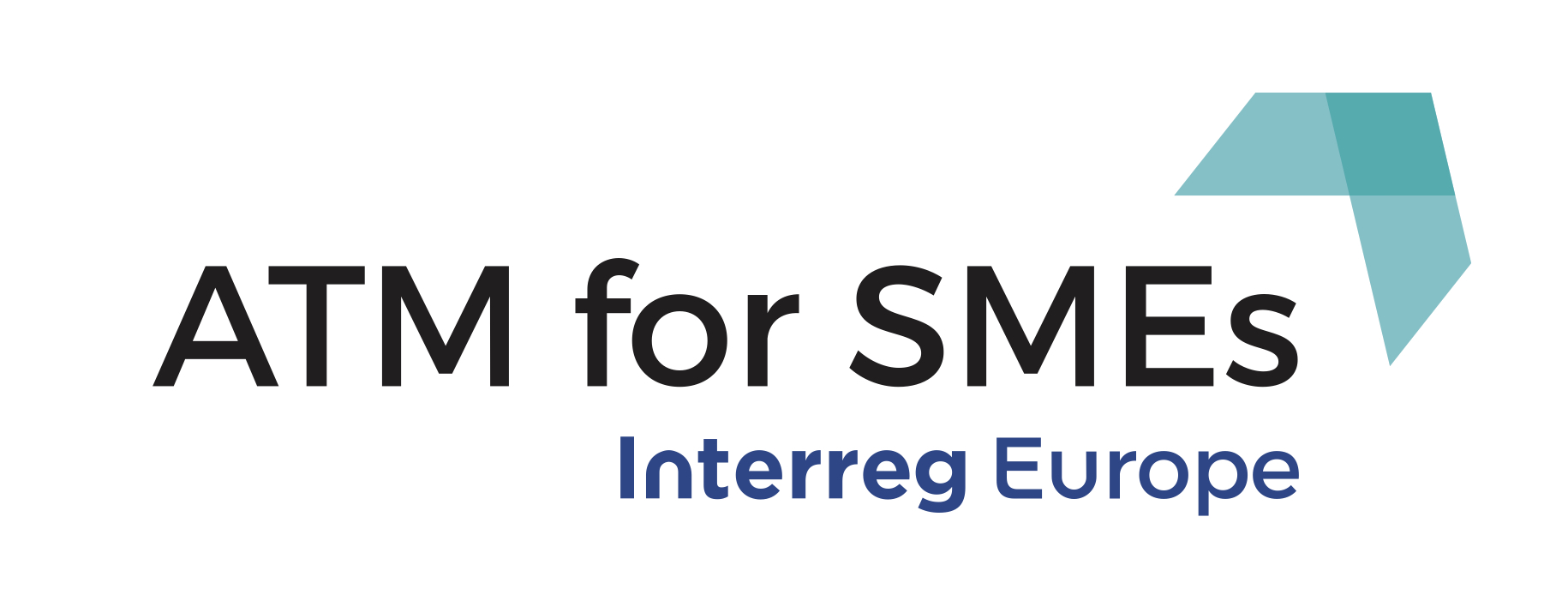Objective of Good Practice
The use of ESF Funds to provide microloans in order to support individuals with difficulties in accessing traditional credit channels to start up a business.
Timeframe of Good Practice
2009 – Ongoing
Autonomous Region of Sardinia, Labour Department
Since 2009, the Region of Sardinia has used a revolving microcredit fund, financed by the ESF (European Social Fund), to support the establishment of microenterprises by disadvantaged groups (immigrants, persons with disabilities, ex-prisoners and ex-drug addicts) or people at risk of poverty and social exclusion due to the current economic scenario (50+, unemployed, women and young people). This financial instrument supports individuals with difficulty to access traditional credit channels and who want to start
up a business or intend to invest in an existing initiative. On the one hand, the ESF Microcredit fund was set up in to reduce the gap between supply and demand for access to finance and micro finance in Sardinia, while on the other hand, the project supports people that do not have the requirements to obtain funding from banks.
The Fund has the following characteristics:
1) microloans of EUR 5,000-25,000 transferred to final beneficiaries through a unique solution;
2) reimbursable at zero percent interest and without guarantees;
3) paid back in monthly installments (no interest, except for delays);
4) payback period: 5 years with 6 or 12 month grace period.
Microloans are disbursed directly by the regionally owned financial institution SFIRS (Societá Finanziaria Regione Sardegna SpA), which is in charge of the investment and planning strategy, the selection of beneficiaries through public calls for projects, the management of the portfolio, the monitoring and control of funding transferred to beneficiaries and informing the ESF Managing Authority on the implementation progress.
Thanks to the success of the program, it has been renewed for 2014-2020. In the new period, microloans have the option to be complemented with non-financial services through a program called Imprinting (also financed by the ESF). Its aims to provide an integrated system of services through two main components. First, to support the enterprise creation for potential entrepreneurs’ by providing training, assistance in the development of business ideas and drafting the business plan (ex-ante services). Second, new entrepreneurs have access to start-up support and assistance in the medium and longterm for financial, management, marketing, planning and operational support in the management of daily business activities, such as legal and fiscal advice (ex-post services). Ex-post services are addressed only to microcredit beneficiaries in the development of their businesses.
| Institutional profile Autonomous Region of Sardinia – Labour Department. Management Authority (MA), in cooperation with its Support Office, gives direction and coordinates Fund’s action, contracting the documentation for the implementation of Fund and enacting the approval/rejection of proposals. MA checks the implementation progress and guarantees the eligibility of expenditures. |
|
| Type of Organizatione Government Body |
|
| Country Italy |
|
| Products & Services provided Financial: Business microloans Non-financial: Training, Mentoring |
|
| Gross Loan Portfolio N / A |
|
| Number of clients N / A |
|
| Target Audience Women, Unemployed people or people on welfare, Ethnic minorities and/or immigrants |
|
| Organization Website www.sardegnaprogrammazione.it |
Information on Good Practice
Establishing this type of financial instrument not only boosts the regional employment rate, but also helps to overcome the traditional system of grants with loans, producing a multiplier effect in terms of the number of potential beneficiaries. It also increases the beneficiaries’ responsibility.
The ESF 2014-20 Microcredit Fund presents an innovative way of combining ESF structural funds to provide a combination of both financial services (microloans at favorable conditions) and tailored non-financial services to vulnerable clients who are willing to start a business.
The total founding capital was EUR 78.5 Million, which supported some 3,700 projects (six different call for projects were published from 2010 to 2016); the revolving funds servicing the final beneficiaries grew to EUR 89 Million.
As of January 2017, up to 40% of the budget granted as loans was paid back. According to an evaluation study published in 2015, with respect to the second call for projects, only 3% of the microloans granted were in default. This is an encouraging result.
While credit to enterprises, particularly microenterprises, is continually decreasing, the Fund demonstrates resilience: since the first call for projects, the experience of funded enterprises has been consistently positive, and additional calls have been carried out annually.
The ESF Microcredit fund is a structured and consolidated action within the regional portfolio of funding instruments. After reviewing the program, Imprinting was introduced since the provision of non-financial services in combination with a microloan enhances the repayment capacity and the overall performance of the microcredit fund.
Awareness on the potential of financial engineering, together with the good results obtained with the project boosted the replication of the initiative at different levels:
Regional –the setup of additional instruments that will mediate the governance of microcredit; National –the expression of interest from other regions that plan to set up similar instruments; International – through meetings to disseminate learned experiences.
The possibility to use ESF Funding for microloans at favorable conditions to support individuals with difficulty to access traditional credit channels, a start-up business complemented with an integrated system of services.
Experience gained in the management of the Microcredit ESF Fund can facilitate preparation of programmatic documents and ensure a model for access to information, support in the strategic review in the use of resources and certification of expenditure. The investment and planning strategy, as well as the rules for managing financial operations (implementation control, eligibility for expenditures, resources returned to the operation from investments undertaken by funds and rules for payment, treasury guide lines) have been established in the Funding Agreements undersigned by the Region and SFIRS. The strategy details the criteria in the allocation of resources and defines the priority for funding. Monitoring and control procedures, include back office control of documents, audits, and reports, according to necessities and agreements between the Managing Authority of the OP and SFIRS.



